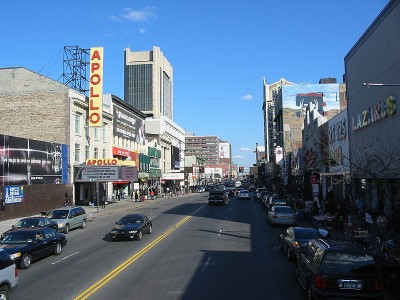Four years ago, at an open house for his new middle school, I met Jose Maldonado, the New York City principal who may be put on probation after one of his students drowned on a field trip to the beach. Afterward, I wrote in the New York Sun that the school, Columbia Secondary School for Math, Science and Engineering, was “nearly certain” to be an academic success.
Maldonado was energetic, charismatic and earnest about his goal to create a rigorous new school for the Harlem community. One of the school’s planners was a Nobel Prize winner. Some of the teachers would have PhDs from Columbia, as does Maldonado himself.
The idea for the school was to create a selective school that wasn’t just for whites and Asians, which the city’s other top selective schools, like Stuyvesant and Bronx Science, increasingly have become. Although it was certain to draw upper-middle-class students from the Upper West Side, the school was expressly designed to reach talented students from the poorer neighborhoods of Upper Manhattan. Maldonado said he had traveled all over Harlem and Washington Heights searching for students, and the line wrapping out the door of the open house attested to these efforts. Most of the families were black and Hispanic, and desperate for better schools for their kids.
Last year, the school’s demographics were 69 percent black and Hispanic, and 30 percent white and Asian. More than half of students received free or reduced-price lunch. Compare that to Stuyvesant High School, where only 5 percent of students last year were black and Hispanic, and a third received free or reduced- price lunch.
Columbia Secondary is not a charter, but in many ways, it has behaved like one. The academics are intense and test scores high, as were the expectations for staff. The news stories that have come out after the drowning include teacher complaints that they were driven to work 12-hour days, plus weekends, and it seems that teacher turnover also has been an issue. In a New York Times story today, teachers complained that there never seemed to be enough people to do everything Maldonado wanted to do to enrich the educational experience there, like take students on field trips and expand sports offerings.
The story of the drowning is tragic, but in some ways, so is the story of the school’s efforts to do more for the students it serves. We’ve asked in previous posts whether the current fight over jobs versus reform is perhaps a false dichotomy. To reform education in Harlem, Columbia Secondary needed both people and ideas to get the job done. When I talked to Maldonado four years ago, I heard plenty of exciting ideas, but from the reporting we’ve seen this week, it seems like he fell short when it came to manpower to carry them out.
On a more positive note, Columbia Secondary has shown that minorities are not out of place at a selective school on par with some of the city’s top schools. Of the lessons to be learned from Columbia Secondary’s fate, maybe that will be one of them.




